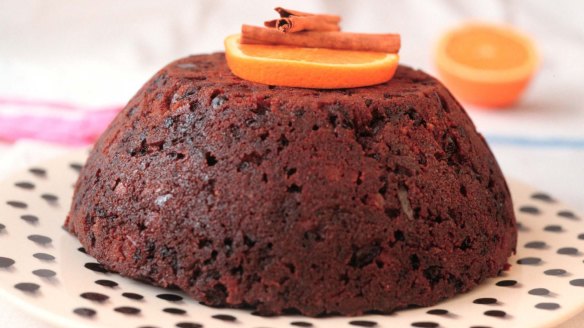Should you wear gloves when handling raw meat?

I am a big bloke. My mates call me Shrek. I was helping at the school sausage sizzle and I wasn't allowed to cook the sausages, despite being a gun barbecue cook, because they didn't have plastic gloves big enough to fit my hands. J. Fitzpatrick
Gloves are the politically correct barrier protection of the food world. They make a statement that you care about food safety but they are not an effective prophylactic because very often they are not used correctly. To get one thing straight, the Australian Food Standards Code does not require food handlers to wear gloves. Despite what they say when you're manning the Bunnings sausage stand, there is no government regulation that demands you wear gloves. They may lend staff in a sandwich bar the appearance that they understand food safety, but if staff handle raw meat with gloves then make your egg and lettuce sandwich, there is still a risk from cross-contamination. Food handlers with bandages, sores, broken skin or false nails should wear gloves as these are avenues for passing on bugs. Food handlers are required to have clean hands that have been washed in hot water with soap and dried with a single-use paper towel. Hands need to be rewashed after using the toilet, smoking, sneezing, coughing, using a handkerchief, touching the scalp, hair or body. Sounds like common sense. Some food businesses prefer their workers to wear gloves and replace them after doing any of the activities mentioned above. A food safety expert I spoke to said a pair of clean, healthy hands that were washed whenever there was a chance of cross-contamination were just as safe as gloved hands. We've become accustomed to a culture of hygiene aesthetics where a food handler making your sausage in bread appears to be cleaner than a person making your roll with clean "nude" hands. Just remember the old soap advertising slogan – "Wash your hands, Geoffrey".
Are there plums in a plum pudding? L. Bauer
There can be. If you like. The word "plum" comes to us via the Latin prunum, which became pruna, plume in Middle English and, eventually, plum. We still call the plum tree genus prunus. In the 17th and 18th century the word plum was also used to describe raisins when substituted for dried plums in puddings. The Christmas pudding is a relic of the past. Suet, or grated kidney fat, is still a popular form of shortening in a pudding. This mix of dried fruit, spice and meat, boiled together in a cloth, is straight out of the Middle Ages. Many years ago I substituted half the raisins in the old family recipe for prunes, which are dried plums. The result was a darker, richer pudding. My family were also Methodists, so I replaced the orange juice used to soak the fruit in the family recipe with dark Jamaican rum. An entire bottle for three puddings. God they were good.
Send your vexing culinary conundrums to brainfood@richardcornish.com.au or tweet to @Realbrainfood.
Appears in these collections
- More:
- Food
- Brain food
